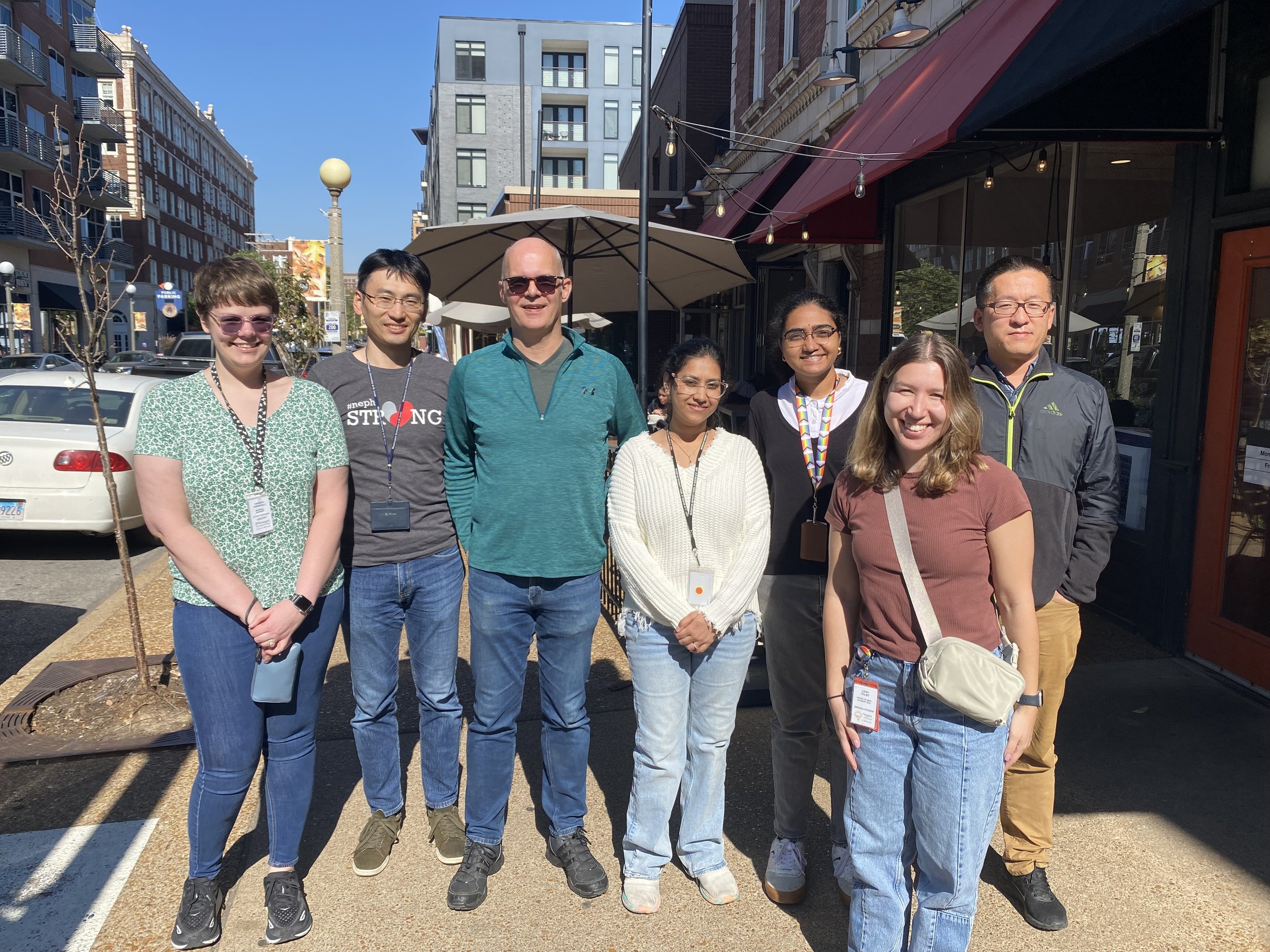The foundation of organismal physiology is that organs “talk” to each other
in order to establish and maintain homeostasis of the organism.
In recent decades, genetics and other studies in model organisms have revealed the existence of novel unanticipated interorgan communication networks (ICNs) as the bases of physiological functions, for example between the kidney, gut, brain, liver, and muscle. These ICNs can be of endocrine and/or neuronal nature, and also involve neuroimmune and neuroendocrine interactions. These novel findings challenged the previously siloed organ-centric view in the study of most physiological functions in mammals, and provided novel understanding of the pathogenesis of crippling acute as well as chronic diseases that are common and represent current major public health challenges.
Diseases that seemingly affect one organ but are in fact caused in large part by disruption of regulations occurring outside this organ, so-called secondary organ complications, include for example diseases like diabetes, cardiovascular disease, acute and chronic kidney disease, gastro-intestinal disorders, cancer and metastases, muscle wasting, and age-related memory loss, among many others. It is these secondary organ complications that drive most of the morbidity and mortality.
Interorgan communication networks that drive secondary organ complications in complex diseases remain largely unknown.
The Herrlich Lab has a broad interest in Interorgan communication mechanisms in Health and Disease.
Our current work focuses on secondary organ complications in kidney disease
in the kidney-heart, kidney-lung, and kidney-brain axis.
My laboratory is committed to diversity, equity, inclusion, and social justice in higher education. Over my career to date I have trained and long-term mentored a large and very diverse group of trainees, stemming from different societal, cultural, religious and racial backgrounds from all over the world, including a large number of females trainees. I am also currently mentoring and teaching a very diverse group of undergraduates, graduate students, postdoctoral fellows and junior faculty. Recent trainees include for example a female PhD student from Egypt, two male postdoctoral fellows from Japan and China, a female technician from Morrocco, a female trainee from Greece, a female Master student from India, and a male Master student from Pakistan.














